Kingdom Animalia Infraorder Mygalomorphae Scientific name Haplopelma Phylum Arthropoda Order Spider | Subphylum Chelicerata Family Theraphosidae Higher classification Ornithoctoninae Rank Genus | |
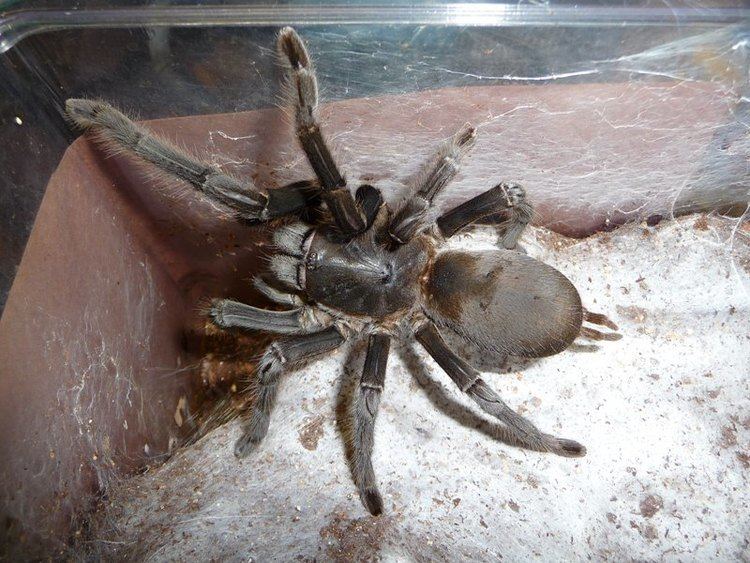 | ||
Similar Cobalt blue tarantula, Tarantula, Poecilotheria, Haplopelma albostriatum, Avicularia | ||
Cobalt blue tarantula haplopelma lividum
Haplopelma is a genus of old-world tarantula found in Southeast Asia. The range of this genus includes Myanmar, southeastern China, Cambodia, Thailand, Vietnam, Malaysia, Singapore, and Borneo.
Contents
- Cobalt blue tarantula haplopelma lividum
- Thai wildlife haplopelma longapese tarantula bites my shirt lucky me
- Description
- Taxonomy
- Species
- Distribution and habitat
- Toxicity
- References
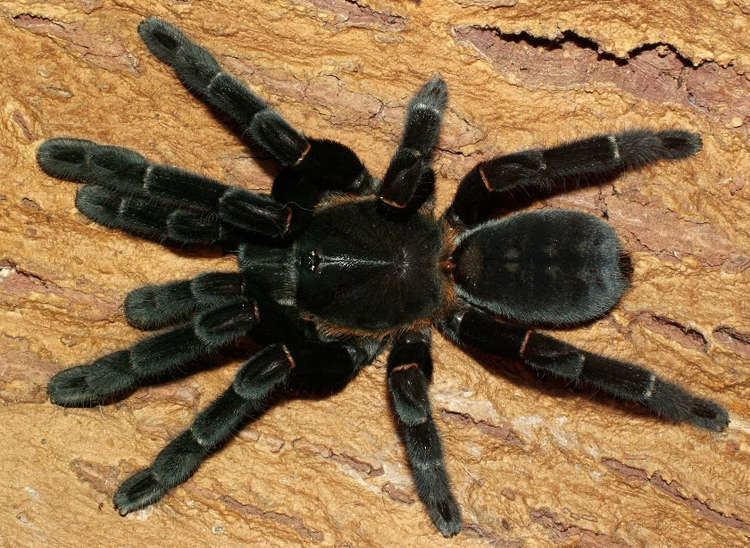
Thai wildlife haplopelma longapese tarantula bites my shirt lucky me
Description
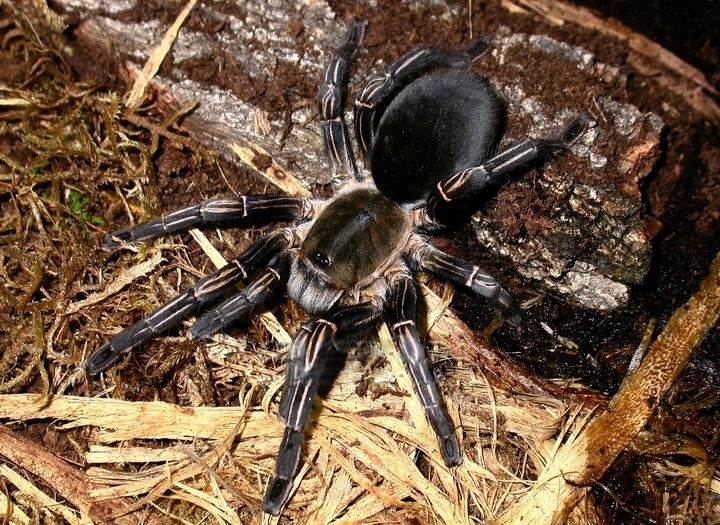
Haplopelma species are medium to large spiders; for example, H. schmidti females have a total body length, including chelicerae, of up to 85 mm (3.3 in), with the longest leg, the first, being about 70 mm (2.8 in) long. The carapace (upper surface of the cephalothorax) is generally dark brown. They have eight eyes grouped on a distinctly raised portion of the cephalothorax, forming a "tubercle". The forward facing (prolateral) side of the maxillae have "thorns" which act as a stridulating organ. The first leg is usually the longest, followed by the fourth, second and third. Mature females have an M-shaped spermatheca. Mature males have a spur on the forward facing side of the tibia of the first leg and a pear-shaped palpal bulb with a wide curved embolus.
Taxonomy
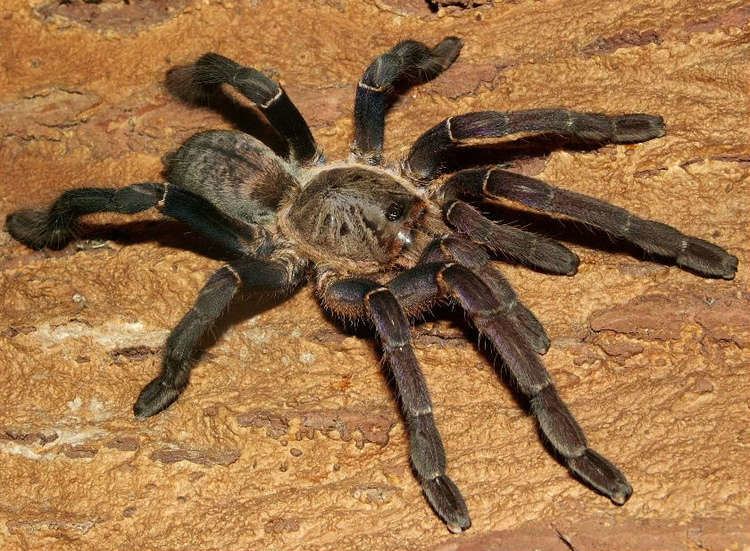
In 1890, Tamerlan Thorell described a species of spider under the name Selenocosmia doriae. In 1892, Eugène Simon decided that this species was sufficiently different from others placed in the genus Selenocosmia to warrant a new genus, Haplopelma, with one species, Haplopelma doriae.
Species
As of May 2016, the World Spider Catalog accepted the following species:
Distribution and habitat

The genus is found in Southeast Asia (China, Myanmar, Thailand, Cambodia, Malaysia, Singapore, Vietnam) and Borneo. They live in underground silk-lined tubes, often with a surrounding web of radiating signal threads. They are usually found in small colonies at the base of trees or bamboos. Some species favour steep south-facing slopes.
Toxicity
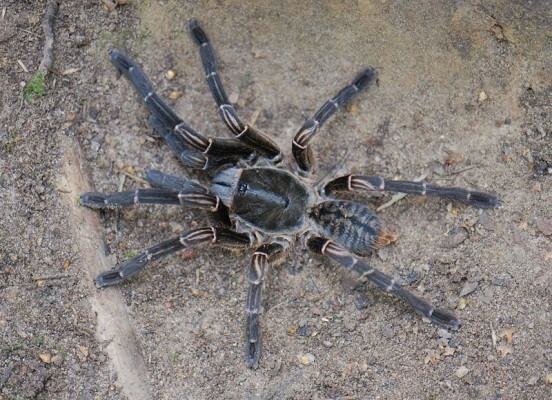
Like all old-world tarantulas, the spiders in Haploplema lack the urticating hairs found in their New World counterparts, and hence use biting as a primary means of both attack and defence. Haplopelma species are among those reported to have more toxic venom. Although bites may cause severe pain and a range of other effects, no fatalities are known. Haplopelma lividum, H. hainanum and H. schmidti (under its synonym Selenocosmia huwena) are species that have had their venom characterized. The last two produce hainantoxins and huwentoxins respectively.
